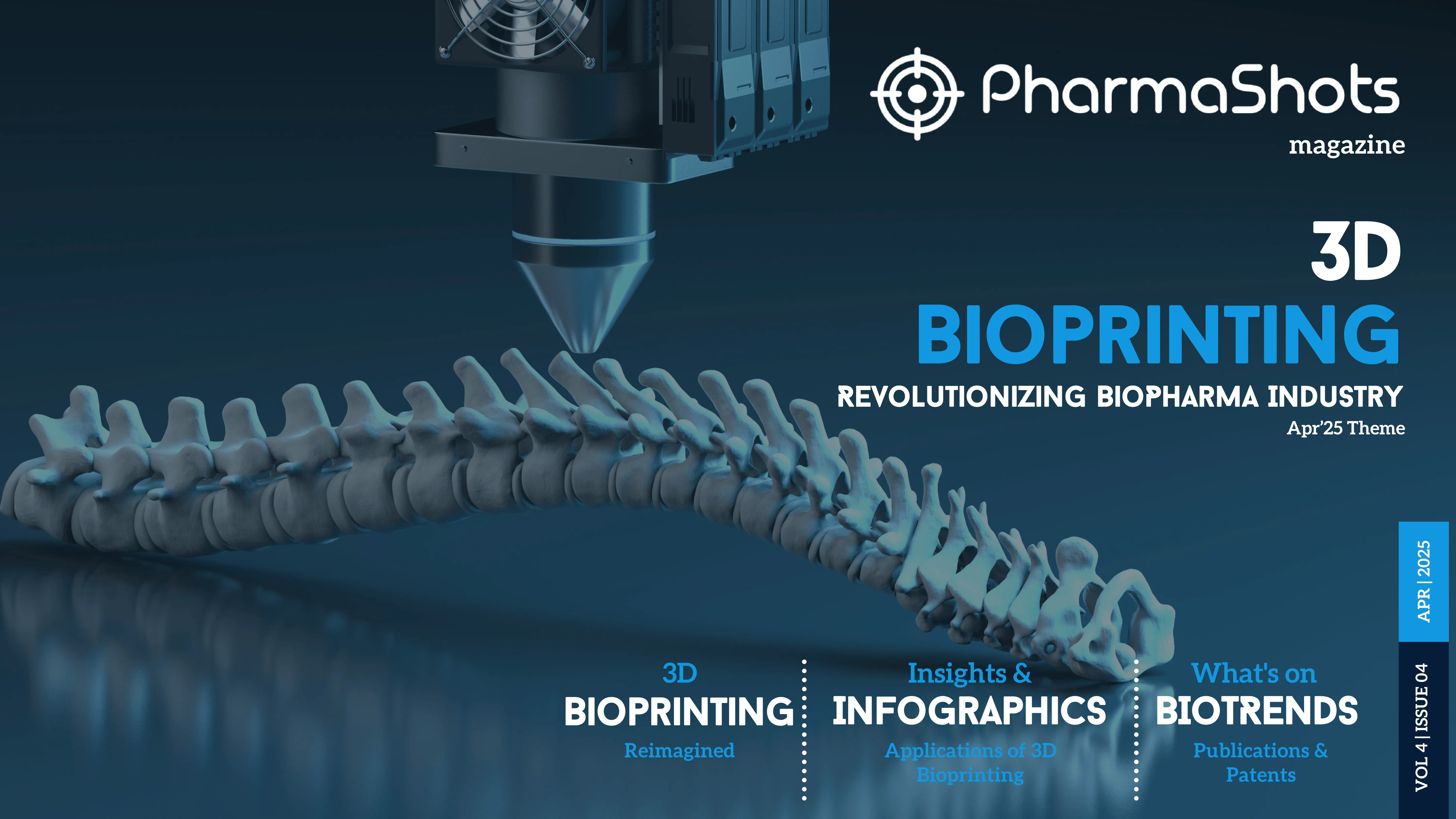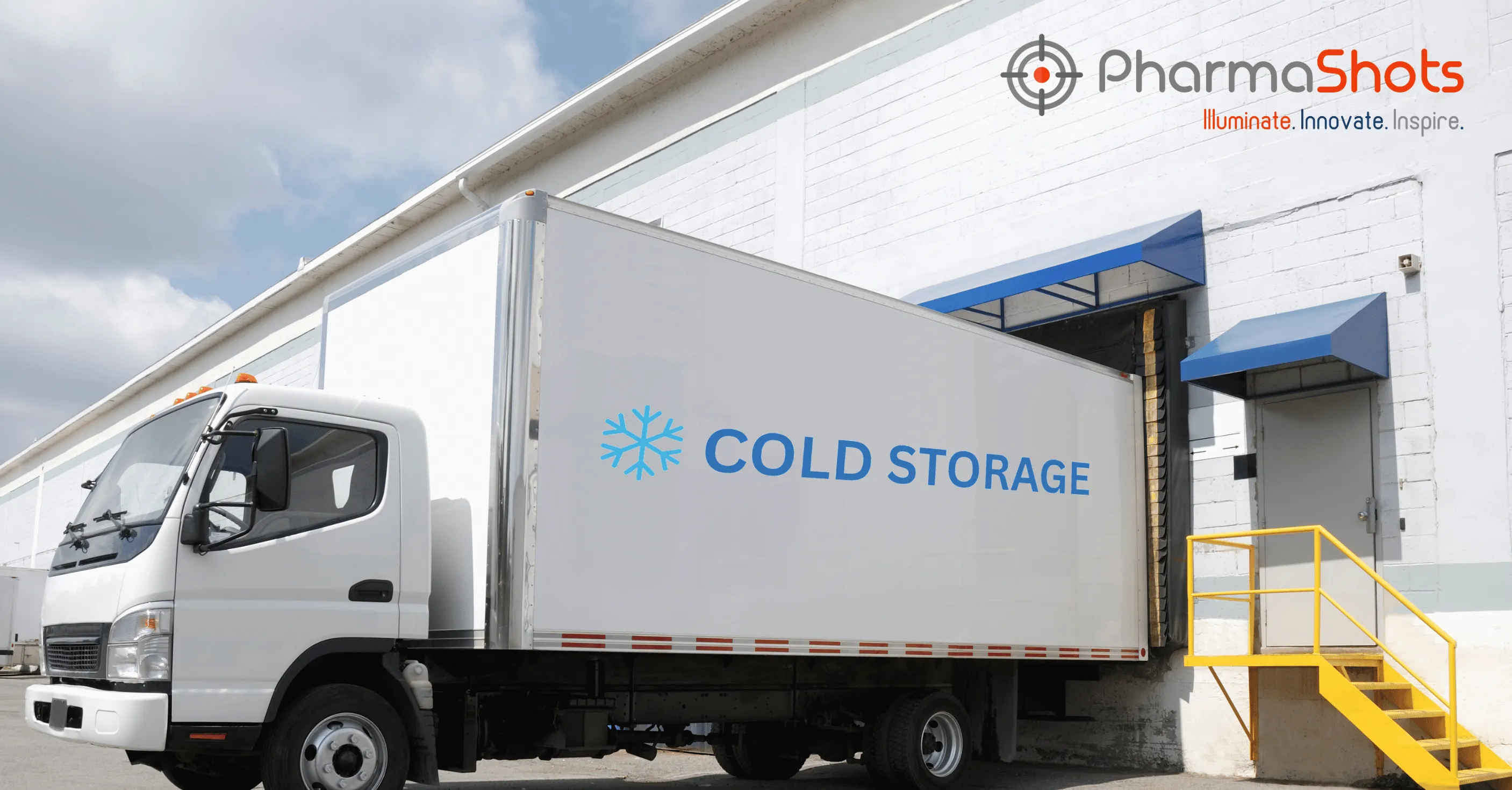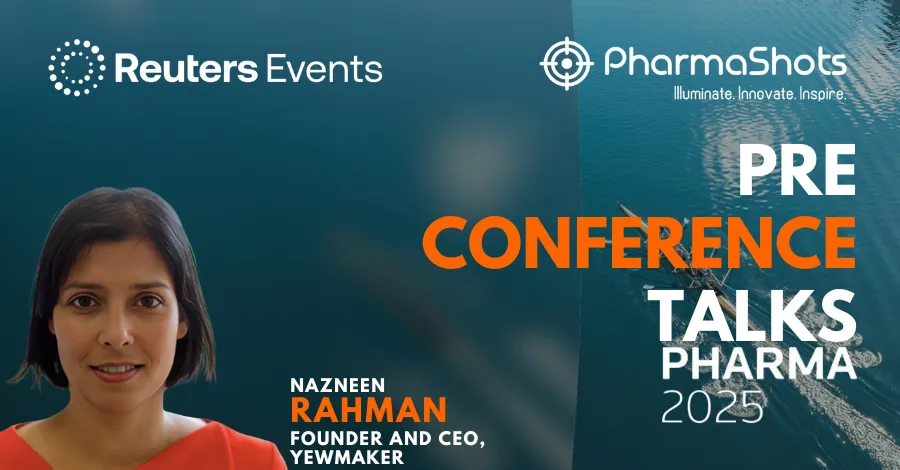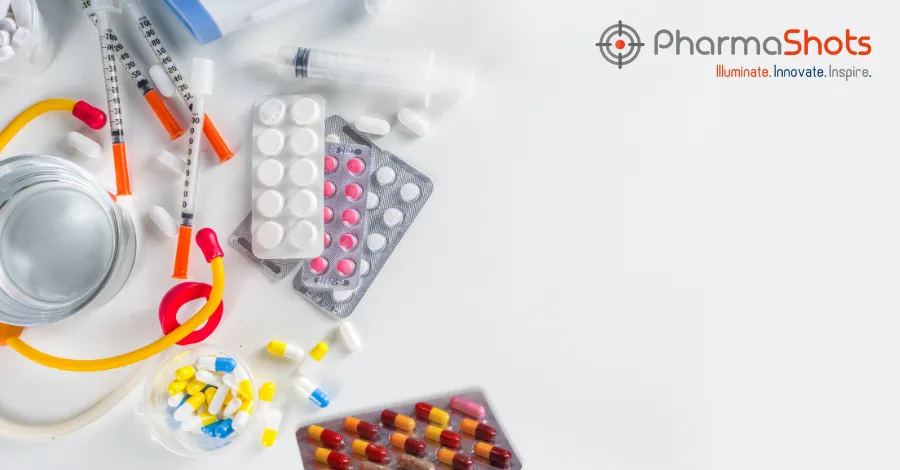
How Remote Patient Monitoring Technologies Are Transforming Healthcare Delivery
For decades, the traditional doctor's visit has been the cornerstone of healthcare delivery. Patients schedule appointments, travel to clinics, and wait to see a physician for a snapshot assessment of their health. But this model is undergoing a seismic shift. Remote patient monitoring (RPM) technologies are rapidly transforming how we monitor health, empowering patients and medical professionals in the process.
In this article, we explore the exciting world of RPM, showcasing its use of digital tools to gather patient data remotely.
Enhanced Patient Engagement and Empowerment
One of the most transformative aspects of remote patient monitoring (RPM) lies in its ability to foster deeper patient engagement and empowerment. Traditionally, the flow of information in healthcare has been largely one-directional, with doctors diagnosing and treating based on information gathered during appointments. RPM disrupts this dynamic setup, placing the patient at the center of their care journey.
Central to this transformation is remote patient monitoring software, enabling continuous health tracking and giving patients real-time access to data. The software acts as a two-way communication channel. Patients can view health data, report symptoms, ask questions, and schedule virtual consultations with healthcare providers using the software. This fosters a sense of ownership and accountability, motivating patients to become more engaged in managing their conditions.
Remote patient monitoring software enhances patient engagement with medication reminders, scheduled check-ups, and educational resources. Its interactive nature facilitates better communication through integrated messaging, video calls, and automated alerts.
Patients can consult doctors, share health data, and receive feedback without in-person visits. This immediate access to medical advice reassures patients and empowers them to take proactive steps in managing their health.
CoachCare emphasizes the importance of remote patient monitoring services for enhancing patient care. To incentivize adoption, Medicare and private insurers provide reimbursement for these services. This incentive supports the adoption of remote health monitoring systems for patients.
Proactive Disease Management and Early Intervention
Remote patient monitoring technologies pivot healthcare from reactive to proactive disease management. By continuously analyzing patient health data, providers can detect early signs of issues, enabling timely interventions. This proactive approach prevents worsening conditions.
Remote patient monitoring devices monitor vital signs like glucose levels, heart rate, and blood pressure in real-time. The software processes this data, detecting patterns and abnormalities. This prompt notification allows for quick medical advice or intervention. According to Medical Device Network, research supported by MD Revolution reveals that remote patient monitoring reduces 30-day cardiovascular readmissions by 50%.
This highlights the significant impact of remote patient monitoring in reducing healthcare burdens and improving patient outcomes.
Improved Care Coordination and Clinical Efficiency
The fragmented nature of traditional healthcare delivery can often lead to inefficiencies and communication gaps. Patients might see multiple specialists for different conditions, and their care plans may not be fully coordinated. RPM offers a powerful solution to these challenges, fostering improved care coordination and clinical efficiency.
With RPM, a patient's health data is centralized in a secure, cloud-based platform. It allows all authorized healthcare providers involved in a patient's care to access real-time data, regardless of location. This comprehensive perspective enables care teams to collaborate seamlessly, adjust treatment plans promptly, and effectively address all aspects of patient health.
Medical Economics reports that RPM alleviates pressure on patients and physicians by offering consistent monitoring and assistance beyond conventional office appointments. A study examining the cost-effectiveness of an RPM initiative, which incorporated lifestyle education software for Type 2 diabetes, revealed a promising trend. Over one and two years of follow-up, the telemonitoring group showed a notable 21% decrease in patient costs.
Addressing Healthcare Disparities and Access to Care
RPM technologies are crucial in addressing healthcare disparities and improving access to care, especially for underserved populations. These technologies overcome geographic barriers, ensuring patients in rural areas access consistent, quality healthcare without extensive travel.
Through remote patient monitoring software, healthcare providers can oversee and address the health of patients with restricted access to medical facilities.
Besides, remote patient monitoring substantially decreases healthcare expenses, rendering continuous care more affordable for low-income individuals. Real-time health tracking through mobile health apps and wearables diminishes reliance on costly emergency room visits and hospitalizations.
Cost Savings and Resource Optimization
Remote patient monitoring technologies present substantial cost savings and resource optimization avenues for healthcare systems. By transitioning some care delivery from in-person visits to remote monitoring, providers streamline workflows and diminish overhead costs. This shift allows for more efficient resource allocation.
One of the key areas where remote patient monitoring contributes to cost savings is by reducing emergency room visits. Continuous remote health monitoring enables early detection and intervention for potential complications, averting expensive hospitalizations. Additionally, it supports proactive chronic condition management, reducing the necessity for emergency medical interventions.
Remote patient monitoring also optimizes resource utilization by alleviating strain on healthcare facilities and staff. Reduced in-person consultations and hospital admissions allow providers to allocate time and resources more effectively. It ensures focused attention on patients needing immediate care while maintaining continuous monitoring for others.
Future Trends and Innovations
Ongoing innovation and evolution promise a bright future for remote patient monitoring technologies. An emerging trend involves the integration of artificial intelligence and machine learning algorithms into monitoring software. This integration enhances predictive analytics and delivers personalized care recommendations tailored to individual patient data.
Also, the introduction of wearable biosensors expands remote patient monitoring capabilities by tracking diverse health metrics, including biomarkers and physiological signals. These devices promise deeper insights into patients' health statuses, enabling proactive and preventive care strategies.
Grand View Research states that the global remote patient monitoring system market reached an estimated value of $5.2 billion in 2023. Projections suggest it will achieve a CAGR of 18.6% from 2024 to 2030. This growth underscores the expanding role of remote patient monitoring in transforming healthcare delivery and improving patient outcomes on a global scale.
Frequently Asked Questions
What's the role of wearables in remote monitoring?
Wearables are crucial in remote monitoring. These devices monitor vital signs and health metrics continuously beyond clinical settings. It facilitates proactive interventions and personalized care with real-time data, enhancing patient outcomes.
How does remote patient monitoring help manage diseases proactively?
Remote patient monitoring enables proactive disease management by continuously collecting and analyzing patient health data outside of clinical settings. Healthcare providers can detect early signs of potential health issues, allowing for timely interventions before conditions worsen, ultimately improving patient outcomes.
Are there regulatory or privacy concerns?
Yes, there are regulatory and privacy concerns surrounding remote patient monitoring, primarily regarding data security and compliance with healthcare regulations like HIPAA. Ensuring patient data confidentiality and compliance with regulatory standards are paramount for the successful implementation of these technologies.
In conclusion, remote patient monitoring technologies represent a transformative shift in healthcare delivery, offering unparalleled opportunities for patient care enhancement. Their potential to address disparities, reduce costs, and drive innovation is substantial.
Globally embraced, remote patient monitoring is set to shape healthcare delivery, prioritizing accessibility, efficiency, and patient-centered care with advanced technologies.
Related Post: A Peek into the US Healthcare System
Tags

Gaurav Gupta is a passionate writer with a knack for exploring complex topics. When he's not crafting engaging content, he enjoys exploring nature trails, experimenting in the kitchen, and strumming his guitar. His diverse interests fuel his creativity, resulting in insightful and relatable articles. He finds joy in writing because it allows him to transform ideas into words that inspire and inform. Whether delving into the intricacies of technology or the beauty of nature, he thrives on the opportunity to share knowledge and spark curiosity in others. Writing, for Gaurav, is not just a profession but a passion that continuously enriches his life.














